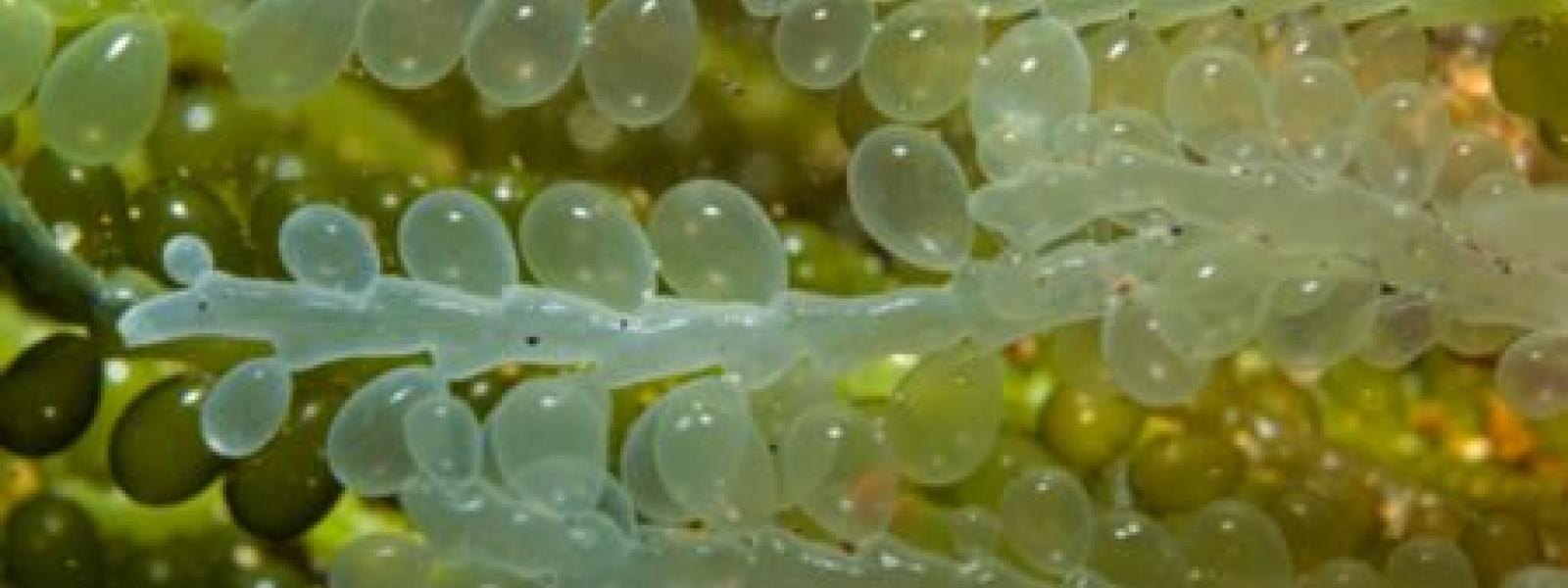From grey to green: nature-based solutions for coastal protection

Introduction
Coastal communities in Port Phillip Bay are threatened by hazards such as erosion and flooding. The severity of hazards is predicted to increase with climate change, causing sea level rise and more frequent and extreme storm events.
Currently, the solutions for coastal protection are hard engineered structures (e.g. seawalls and breakwaters) and beach/dune renourishment. But under future climate change scenarios, however, these solutions are increasingly expensive to maintain. Coastal infrastructure also has significant environmental impacts, replacing natural habitats important for biodiversity and ecosystem functioning with poorer quality habitat.
Scientists are now taking a leaf out of nature’s book – to build a stronger coastline using shells: aka ‘green infrastructure’.
Description
Portarlington is subject to strong wave action and inundation during winter storms, which has resulted in severe erosion of the foreshore.
A team from the University of Melbourne will create green infrastructure through:
- Erecting steel cages to form a 100-metre-long breakwater, half of which will be filled with recycled scallop shell and basalt rock and the other half basalt rock (for comparison).
- Stabilising the recycled shell and basalt rock, which will provide the habitat necessary for native mussels that will create a shellfish reef.
Since August 2017, scientists have collected baseline data on wave height, shoreline movement, and the diversity of algae and animals at the site to compare with data after the breakwater is installed. Data collection has also involved collaboration with the Port Phillip Bay Eco Centre and local community groups.
Discussion
The project is a pilot for the first green infrastructure in the bay and was developed in partnership with the City of Greater Geelong Council. This is an opportunity to create a ‘living breakwater’ rather than the traditional breakwater methods previously deployed.
The aim of the project is to help stop the impacts of traditional coastal infrastructure using green infrastructure, which combines ecological and engineering principles to design man-made structures that benefit both humans and nature.
Conclusion
The benefits of creating a shellfish reef for coastal protection and biodiversity will be monitored following deployment. Currently, the modules for the living breakwater are in production, and scientists aim to deploy the breakwater at the beginning of 2018.